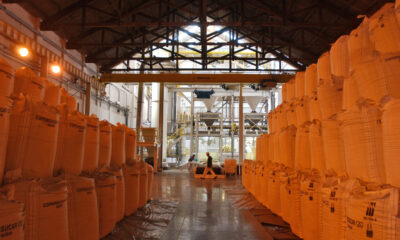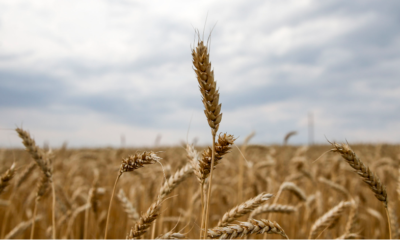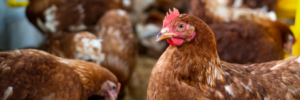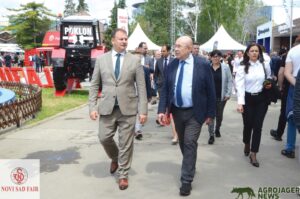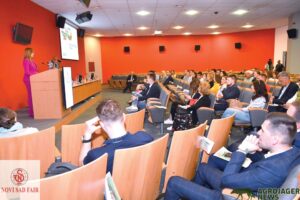Rome, 3 May 2023 – 2022 was already the fourth year in which the number of people affected by acute hunger (those in urgent need of food, nutrition and livelihood support) rose to over a quarter of a billion. Seven countries are suffering from the most severe form of famine, according to the report on food crises . Economic shocks are the biggest problem, but the war in Ukraine has also contributed to severe food insecurity.
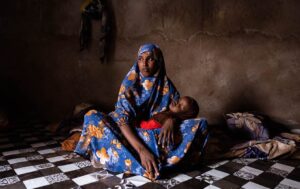
Photo: FAO
The annual report was produced by the Food Security Information Network and presented by the Global Food Crisis Network – an international collaboration between UN organizations, the European Union, government and civilian agencies to end food crises.
According to the report, 258 million people in 58 countries and territories were in food crisis or worse in 2022, compared to 193 million hungry people in 53 countries and territories a year earlier. The 2022 numbers are the worst in the report’s seven-year history. But most of the increase is mainly due to the expansion of the number of the surveyed population. In 2022, the proportion of those in a serious situation among the chronically hungry rose to 22.7% from 21.3% in 2021, which is not only unacceptably high, but also shows a worsening trend.
“More than a quarter of a billion people face long-term hunger, some of them are at risk of starvation. This is defiantly high”, reads the thought of UN Secretary-General António Guterres in the foreword of the report. “This seventh edition of the Food Crises Report is a strong exclamation point that humanity has not come any closer to achieving Sustainable Development Goal 2 – improving food security and nutrition for all.”
According to the report, more than 40% of the population in five countries (Afghanistan, Ethiopia, Yemen, Democratic Republic of Congo and parts of Nigeria) can be classified in the highest level 3 or higher of the IPC/CH international food security scale.
Last year, people in seven countries were affected by severe hunger and homelessness or catastrophic levels of chronic hunger (point 5 of the IPC/CH scale). Most of them are from Somalia (57%), but similarly extreme conditions occurred in Afghanistan, Burkina Faso, Yemen, Nigeria, South Sudan and, for the first time in its history, Haiti.
Furthermore, in 30 of the 42 food crises, more than 35 million children under the age of 5 are affected by insufficient growth and persistent malnutrition, of which 9.2 million suffer from chronic wasting – the most severe, life-threatening state of malnutrition.
While conflicts and extreme weather phenomena remain the main causes of acute food insecurity and malnutrition, the economic downturn caused by the COVID-19 epidemic and the effects of the war in Ukraine have also significantly contributed to the increase in hunger, especially in the poorest countries, which are heavily dependent on imported food and from agricultural products and exposed to global price shocks.
The main reasons
In many food crisis hotspots, economic shocks have become the main cause of hunger and nutritional problems. Stacking economic difficulties, such as rising food prices and severe market disruptions, have battered some countries’ resilience and responsiveness in times of food crises.
The report’s findings confirm that the war in Ukraine has had a negative impact on global food security, as both Ukraine and Russia play a significant role in the global production and trade of fuel, agricultural inputs and staple foods, particularly wheat, corn and sunflower oil. The war in Ukraine halted agricultural production and trade in the Black Sea region, causing an unprecedented rise in international food prices in the first half of 2022. While food prices have since decreased thanks to the Black Sea Grain Initiative and the European Union Solidarity Corridors, the war continues to indirectly affect food security, especially in low-income countries dependent on food imports,
***
About the global network
The Global Food Crisis Network, established in 2016, is a unique partnership between the European Union, the Food and Agriculture Organization of the United Nations (FAO), the United Nations Children’s Fund (UNICEF), the United States of America, the World Food Program (WFP) and the World Bank, which aims to better analyzing the extent and severity of food crises, developing more appropriate joint responses to them, and better understanding the hidden causes and connections between food crises and other shocks.
Source: FAO





